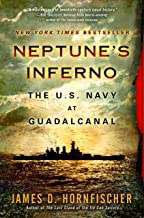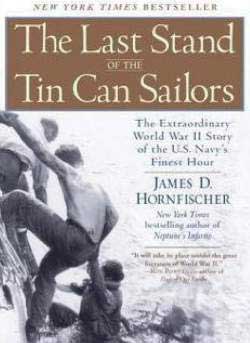From the Bookshelf

Neptune’s Inferno: The U.S. Navy at Guadalcanal
by James D. Hornfischer
The Battle of Guadalcanal has long been heralded as a Marine Corps victory and not without reason. Now, with his powerful portrait of the Navy’s sacrifice, James D. Hornfischer tells the full story of the men who fought in destroyers, cruisers, and battleships in the narrow, deadly waters of “Ironbottom Sound.” Here are the seven major naval actions that began in August 1942, a time when the war seemed unwinnable and America fought on a shoestring, with the outcome always in doubt. Hornfischer paints a vivid picture of the officers and enlisted men who opposed the Japanese in America’s hour of need. It is worth noting that despite long a standing Marine view that the Navy abandoned the Marines to their own devices at Guadalcanal, (and one can understand that view) in the end USN KIA (5041) vastly exceeded those of the USMC ashore (1,592).
It is an honor to once again review a book which tells a story lived by one of our Post 8870 comrades, in this case 101 year old Edgar Shepherd, member of the ship’s company of USS Helena, a key participant in the actions described in this book and lost the year following the Guadalcanal campaign at the battle of Kula Gulf. From the Bookshelf It is an honor to once again review a book which tells a story lived by one of our Post 8870 comrades, in this case 101 year old Edgar Shepherd, member of the ship’s company of USS Helena, a key participant in the actions described in this book and lost the year following the Guadalcanal campaign at the battle of Kula Gulf.

